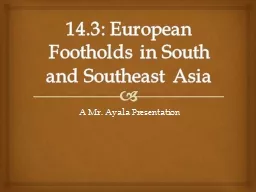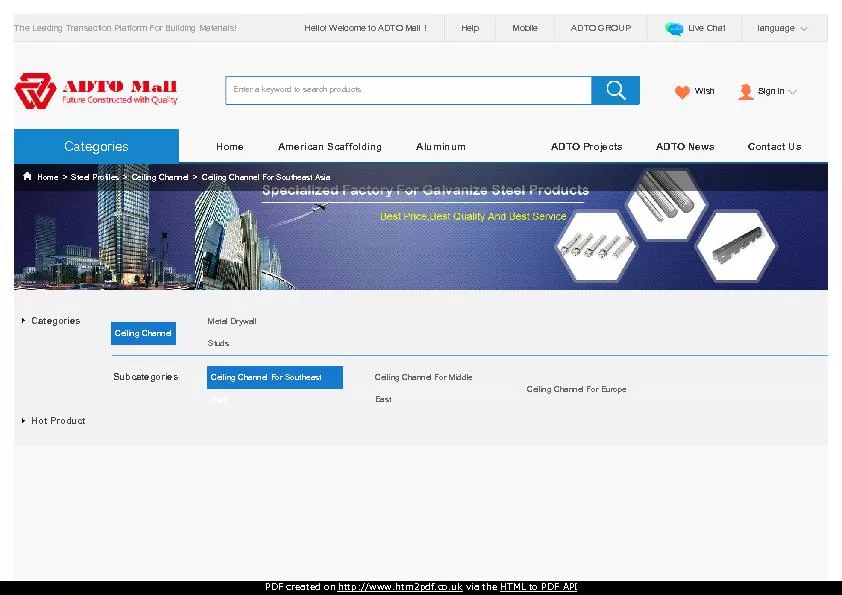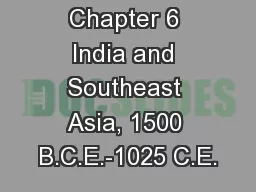PPT-Internal armed conflicts in Southeast Asia: from communism to separatism
Author : tawny-fly | Published Date : 2018-12-21
to terrorism Prof Amado Mendoza Jr Political Science 178 Definition of terms Communist insurgency armed antistate movement aiming to establish CPled regime Separatism
Presentation Embed Code
Download Presentation
Download Presentation The PPT/PDF document "Internal armed conflicts in Southeast As..." is the property of its rightful owner. Permission is granted to download and print the materials on this website for personal, non-commercial use only, and to display it on your personal computer provided you do not modify the materials and that you retain all copyright notices contained in the materials. By downloading content from our website, you accept the terms of this agreement.
Internal armed conflicts in Southeast Asia: from communism to separatism: Transcript
Download Rules Of Document
"Internal armed conflicts in Southeast Asia: from communism to separatism"The content belongs to its owner. You may download and print it for personal use, without modification, and keep all copyright notices. By downloading, you agree to these terms.
Related Documents














